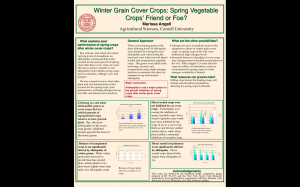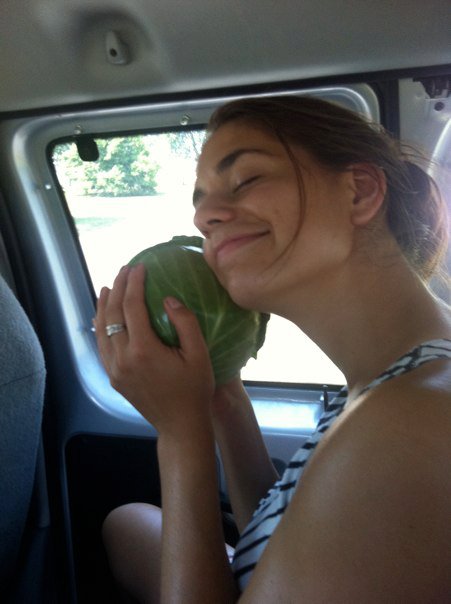At times, my cohort and I intern at the wonderful Freeville Organic Research Farm in Ithaca. These days are far and too few, but truly wonderful! Admittedly, Freeville is great because it is much closer to campus than Geneva is, but it’s also great for several other reasons.
Specifically, we’re running about three experiments in Freeville. However, today, we concentrated on one key experiment involving string beans (did you know there are actually strings in string beans? Because I didn’t). Liz, Joe and I collected data involving how tillage affects amount of weeding. Earlier on in the summer, we collected some interesting data on how long it took us to hand weed a few of the plots. It was definitely hard work, but we learned a some cool things about how spring versus fall tillage makes a difference in how many weeds spring up and how fast or slow hand weeding is in reference to that.
String bean plants:
Today, Liz and I pulled some of the bean plants for biomass data while our boss rated the plants for presence of root rot and white mold. There was no white mold, but according to Joe, beans plants never really have great roots, so they didn’t score very high on the awesome root scale. Either way, some of the bean plants definitely had better roots than others. On a few of them, you could see nodules, which mean that they were probably fixing nitrogen. Factoid: you can tell if a bean plant is actively fixing nitrogen and you see pink inside. Cool!
We couldn’t tell differences in the tillage systems from today’s data, but I’ll keep you updated! Tomorrow is sadly my last day of work, but it should be pretty neat because we’re harvesting beets. Dear captive audience, I will definitely keep you in the loop for more exciting adventures!






